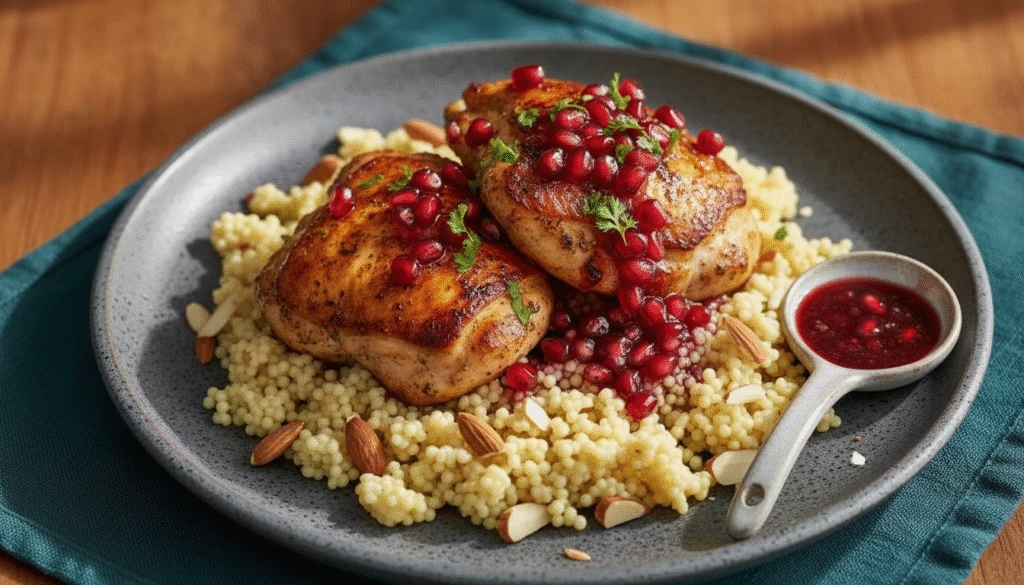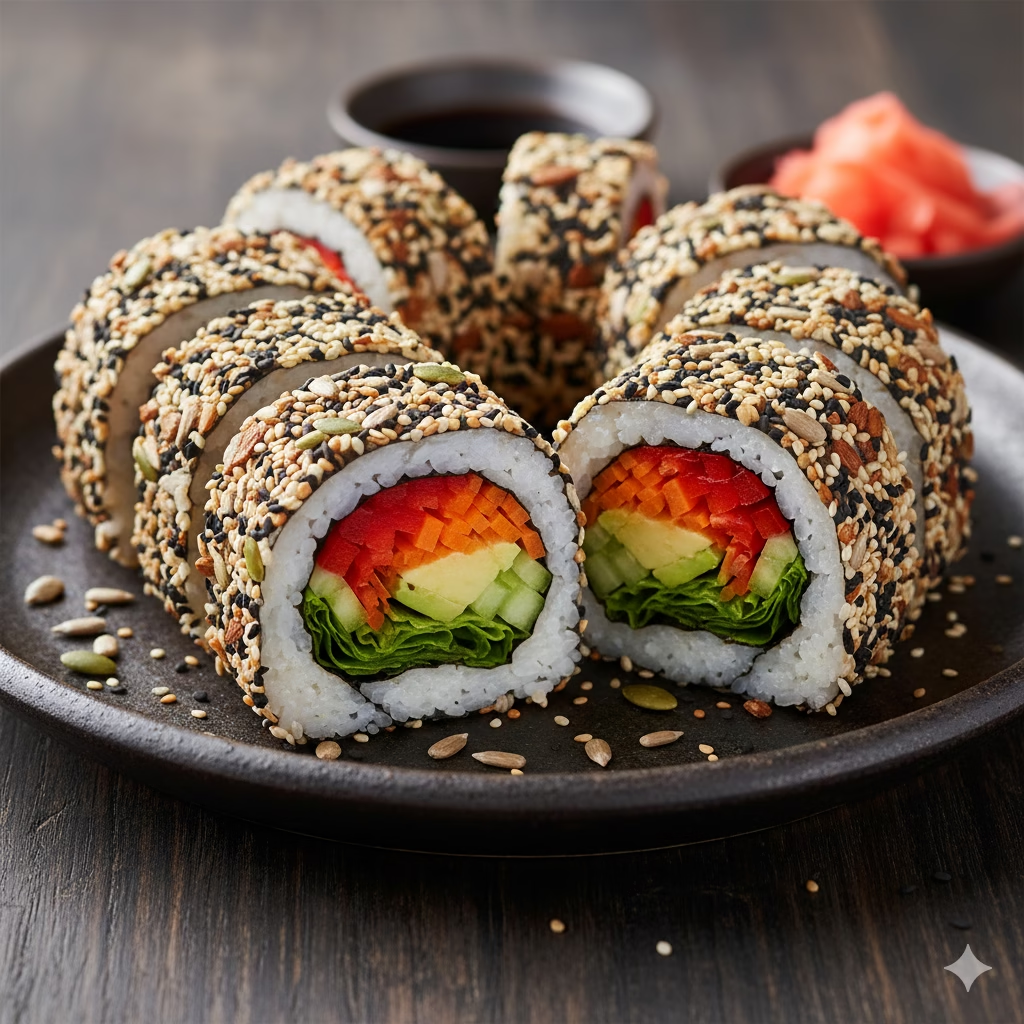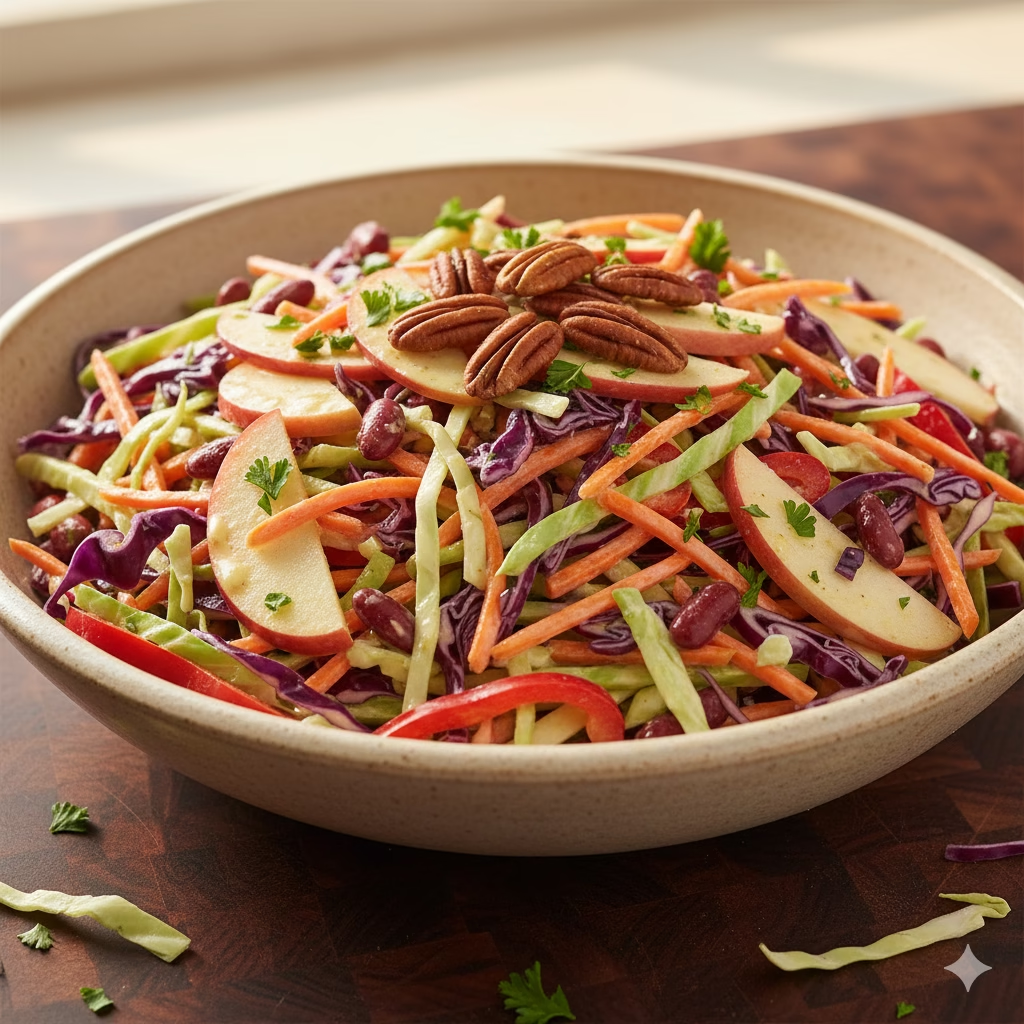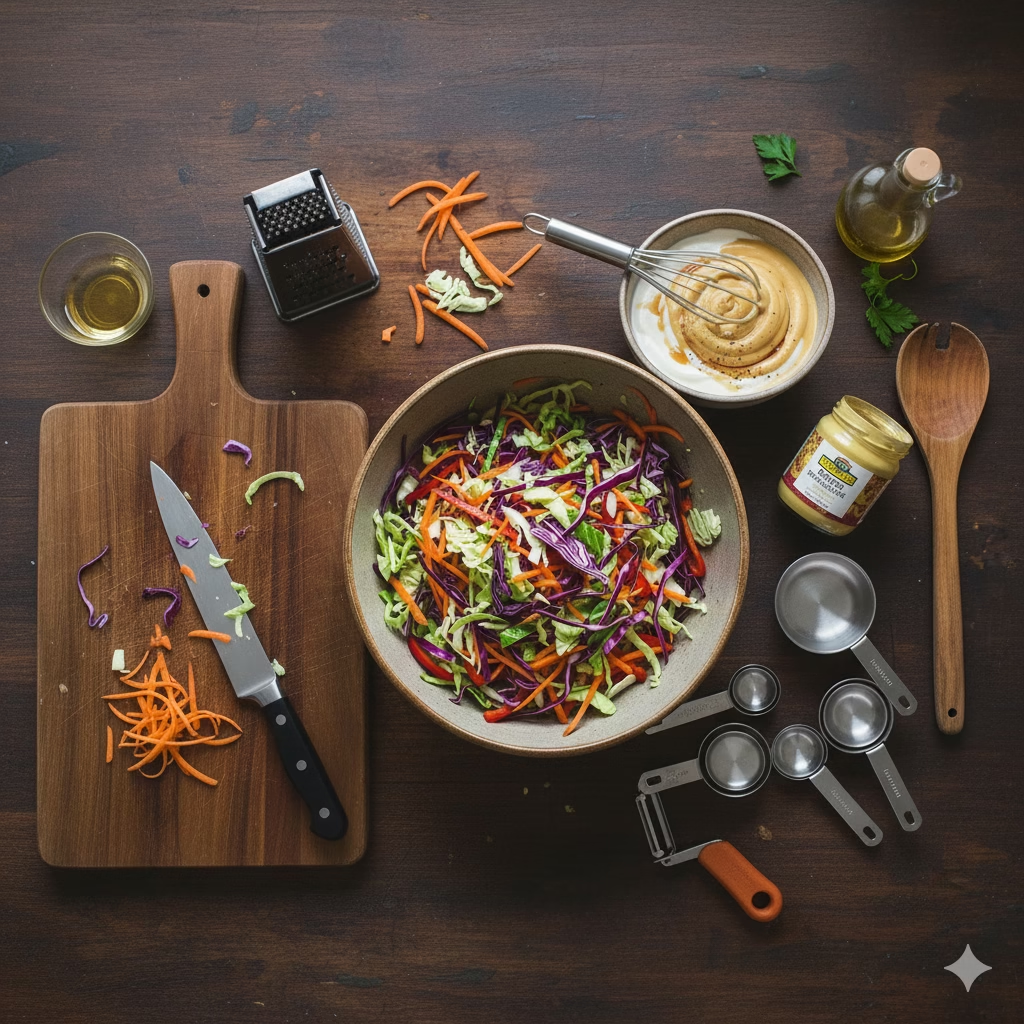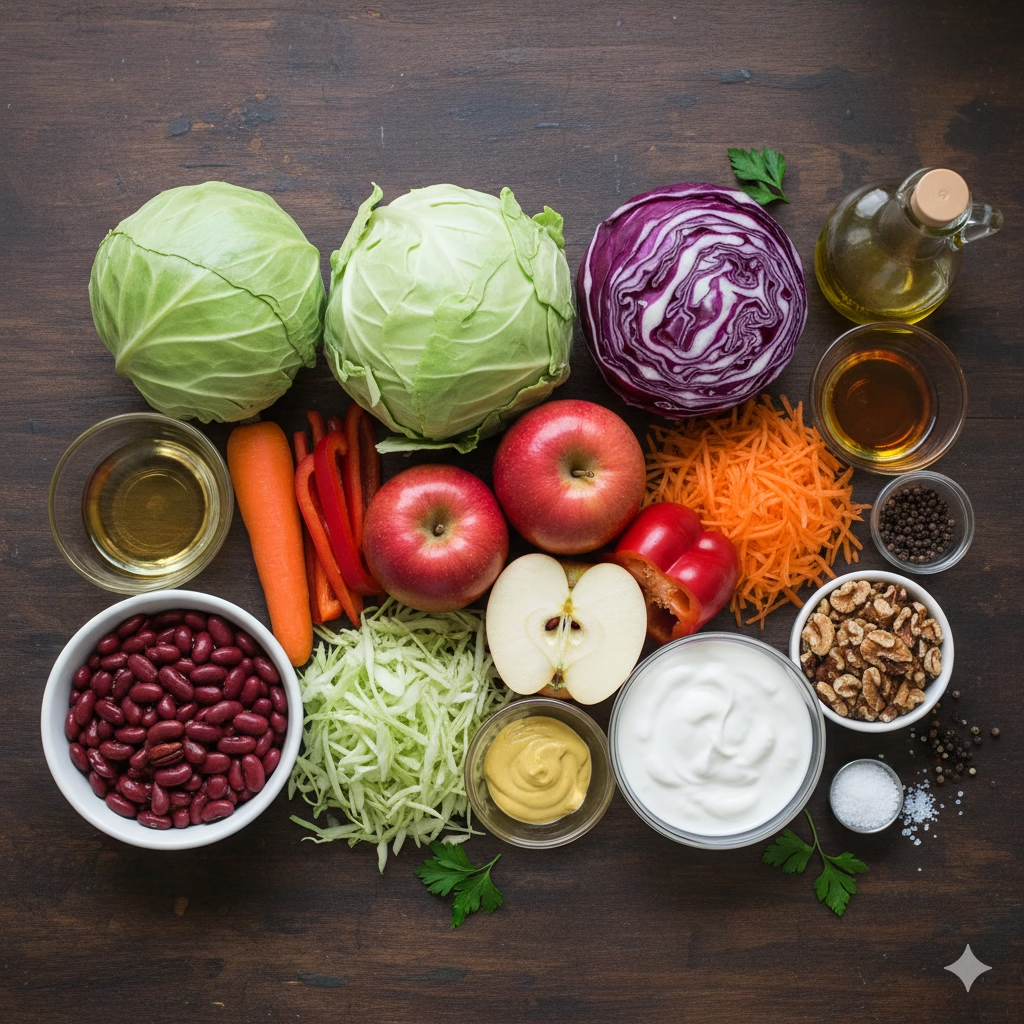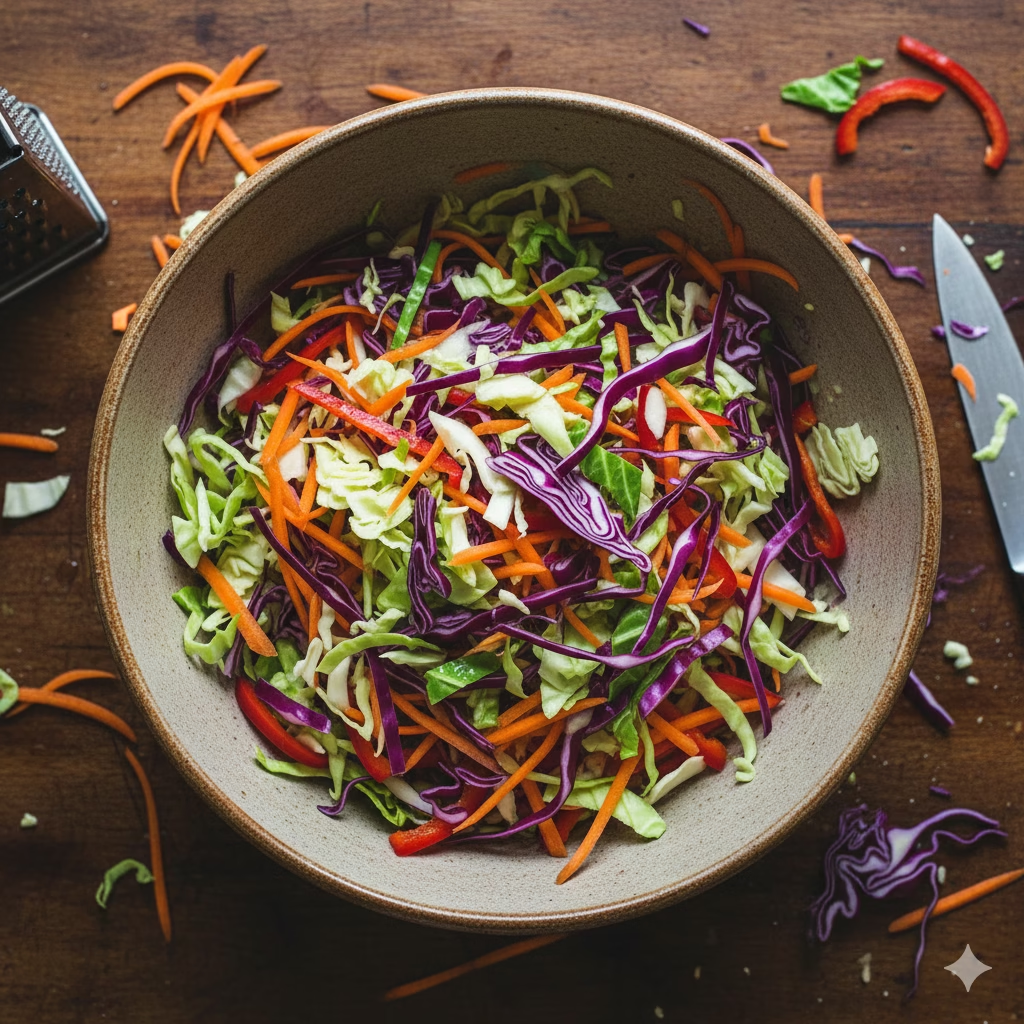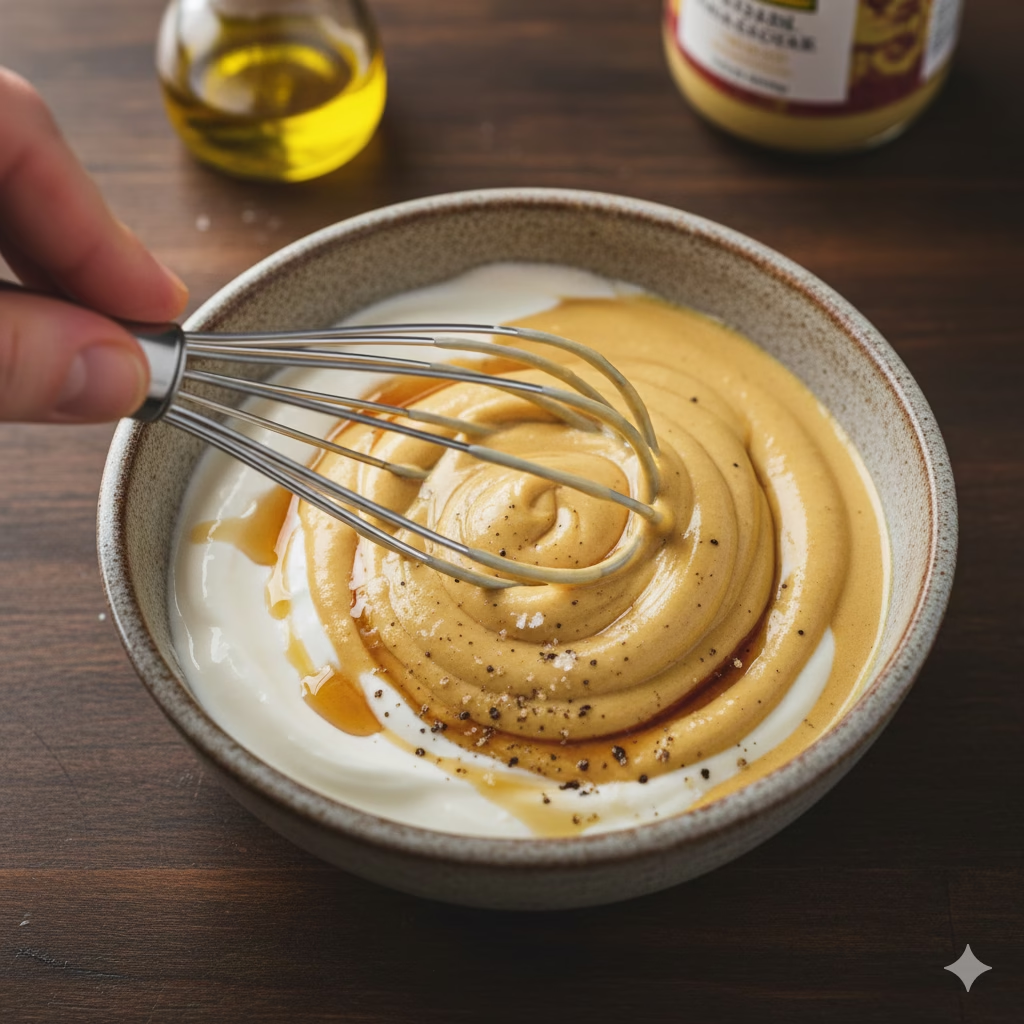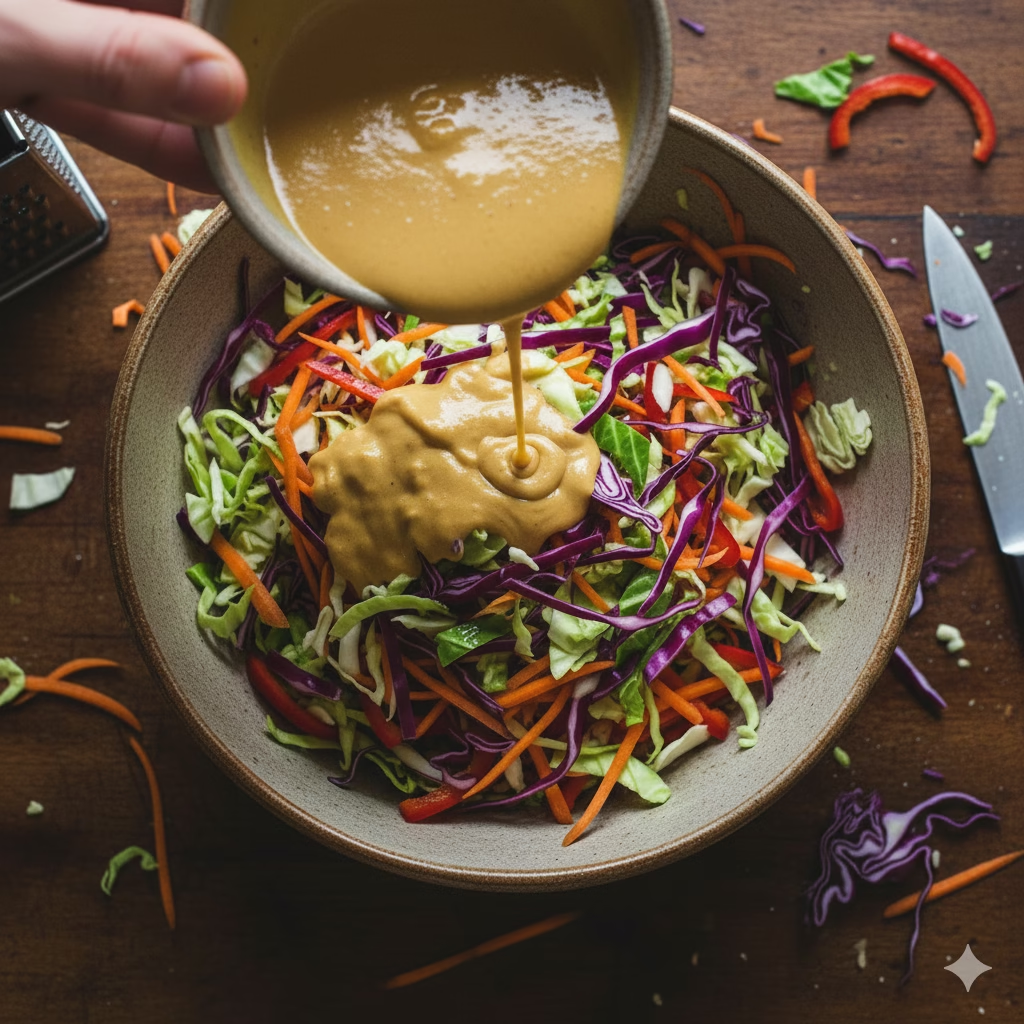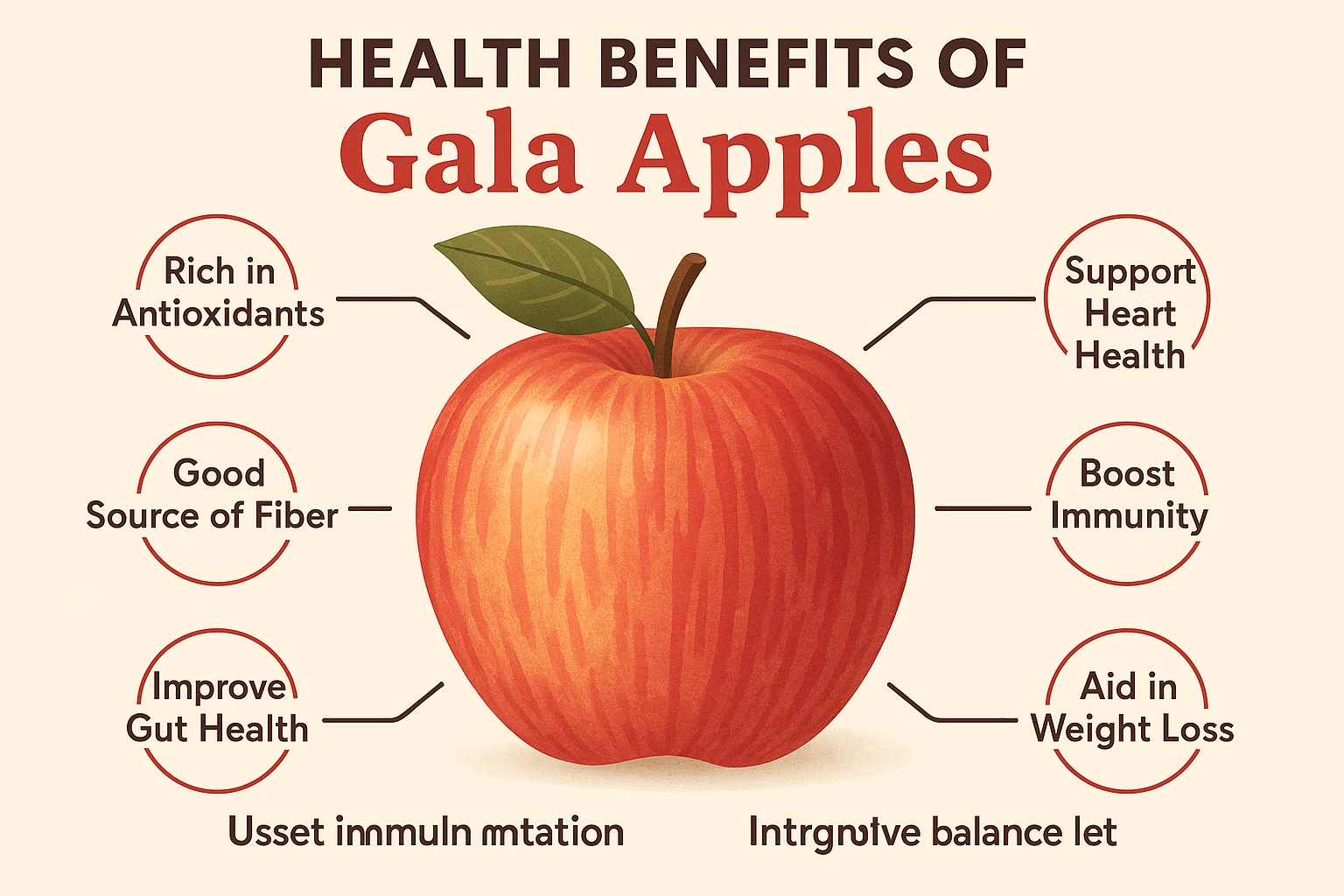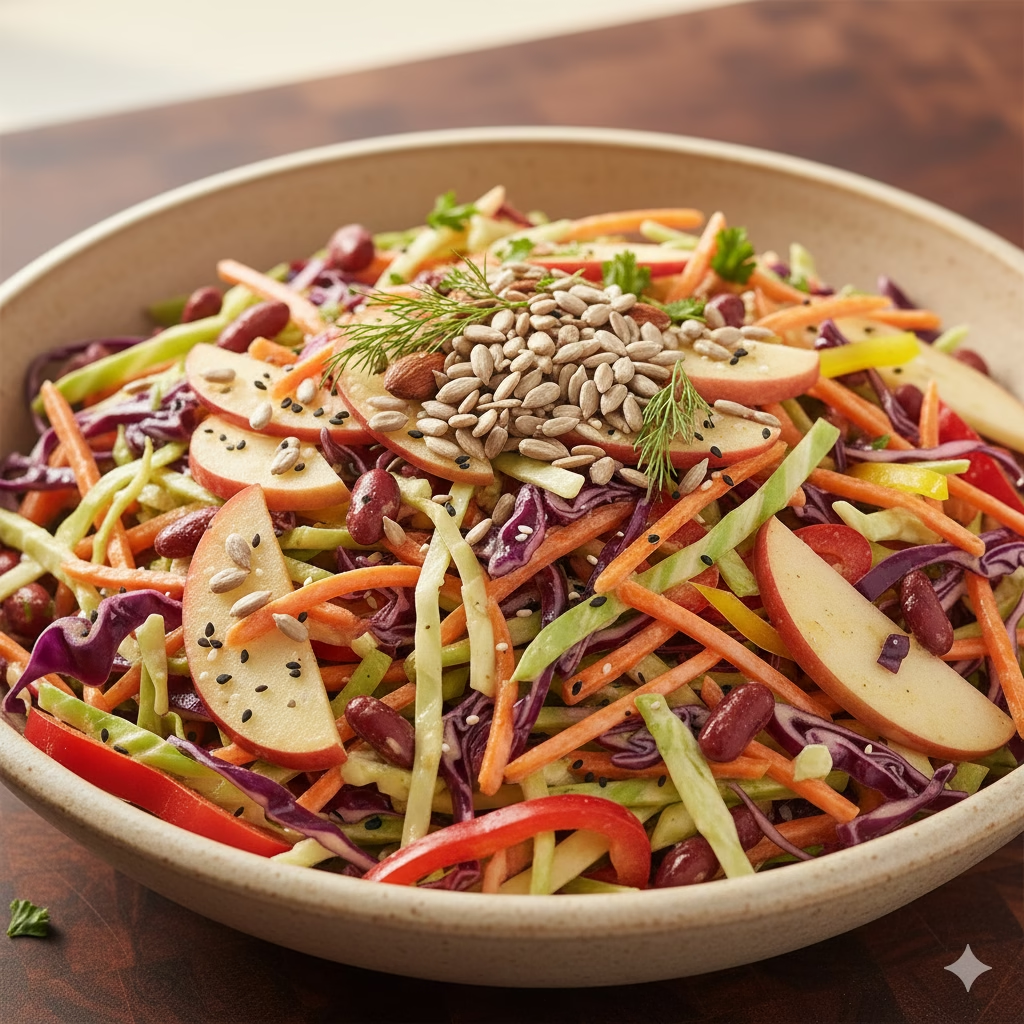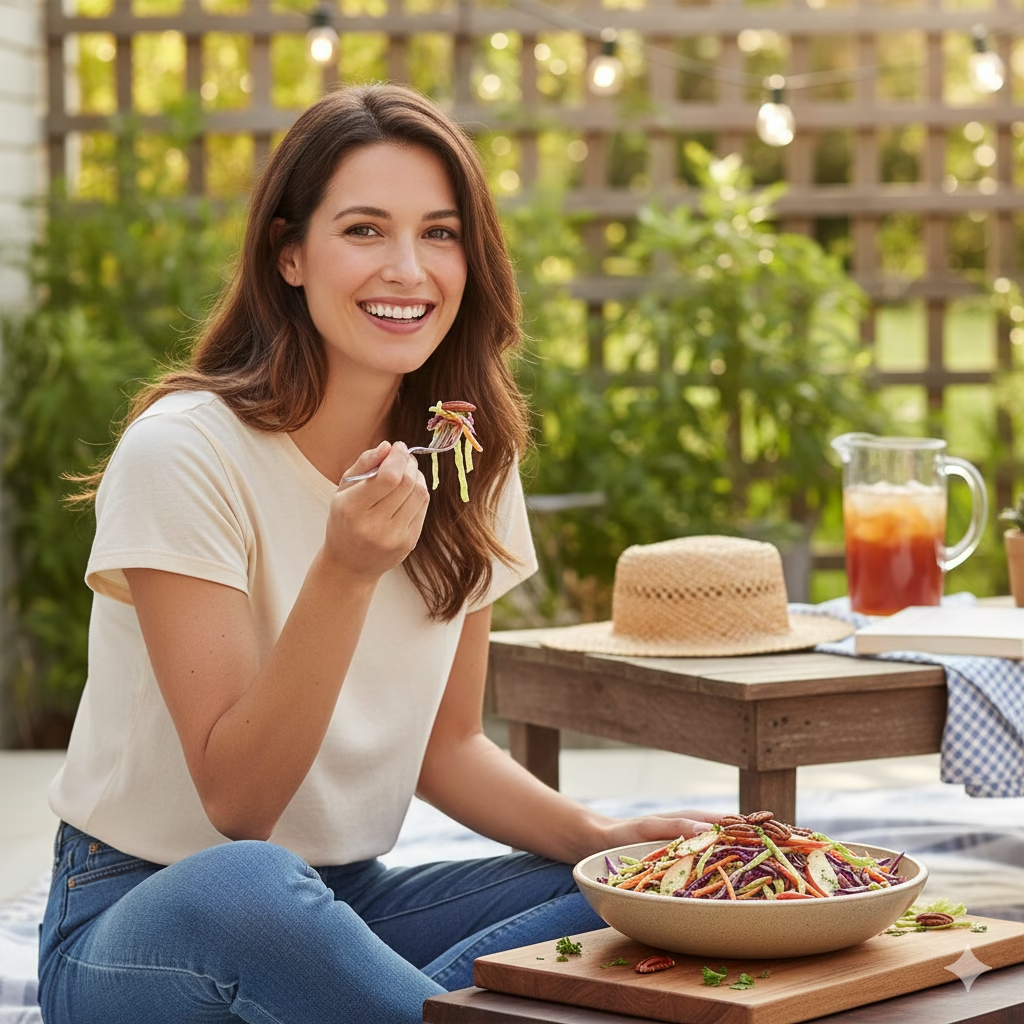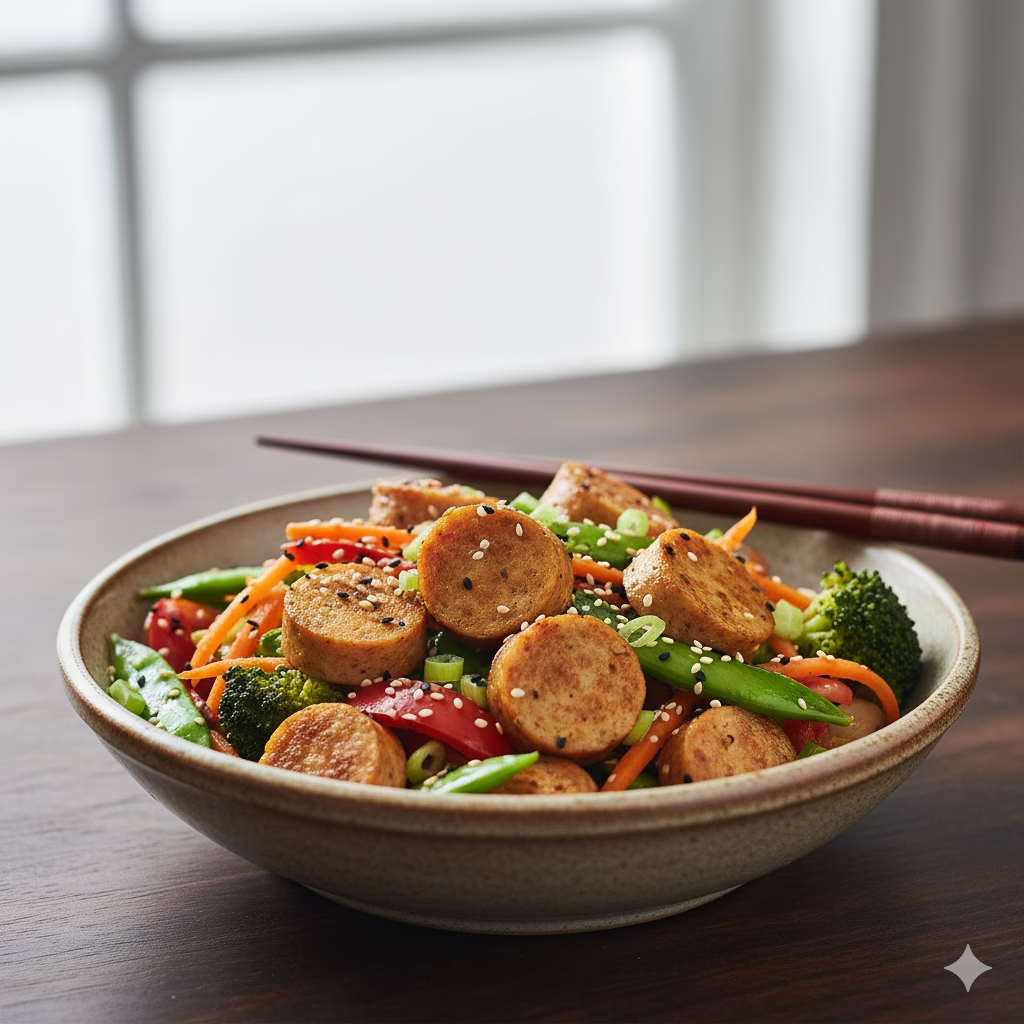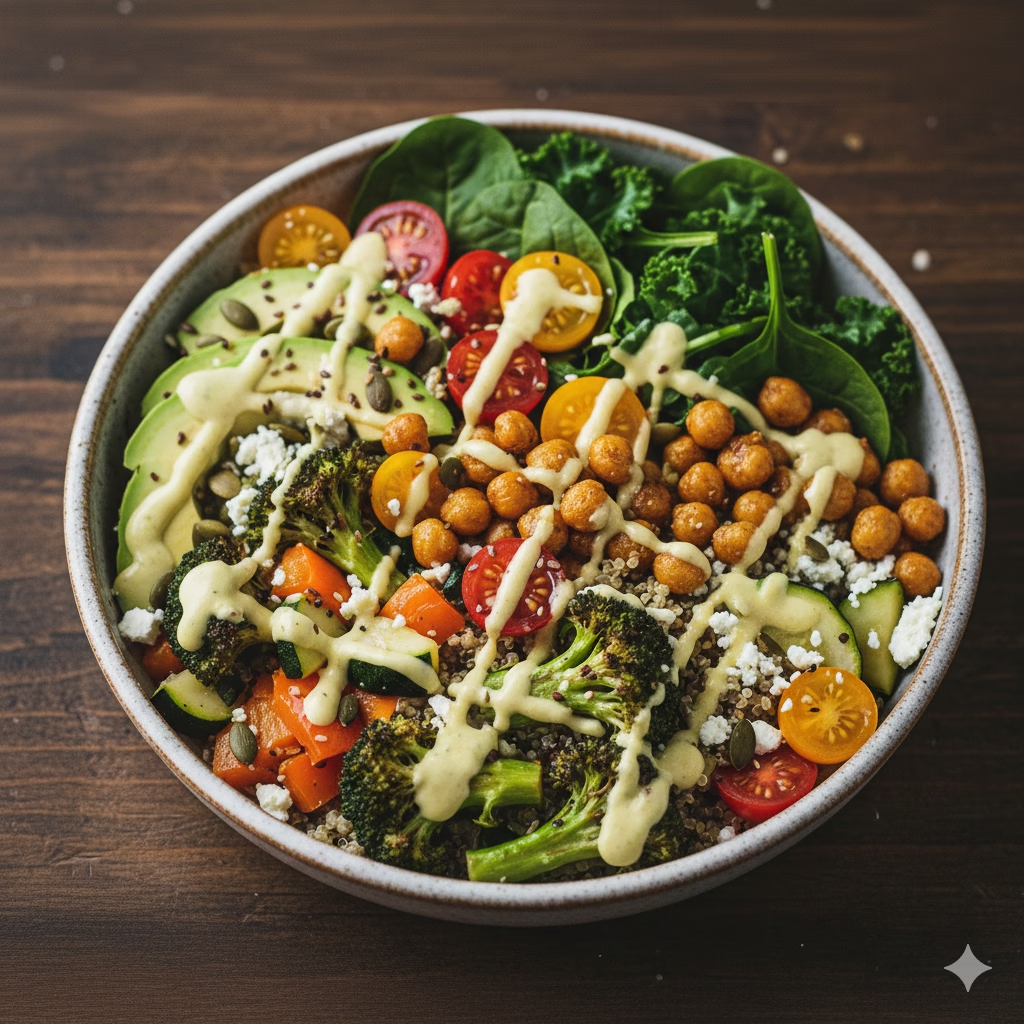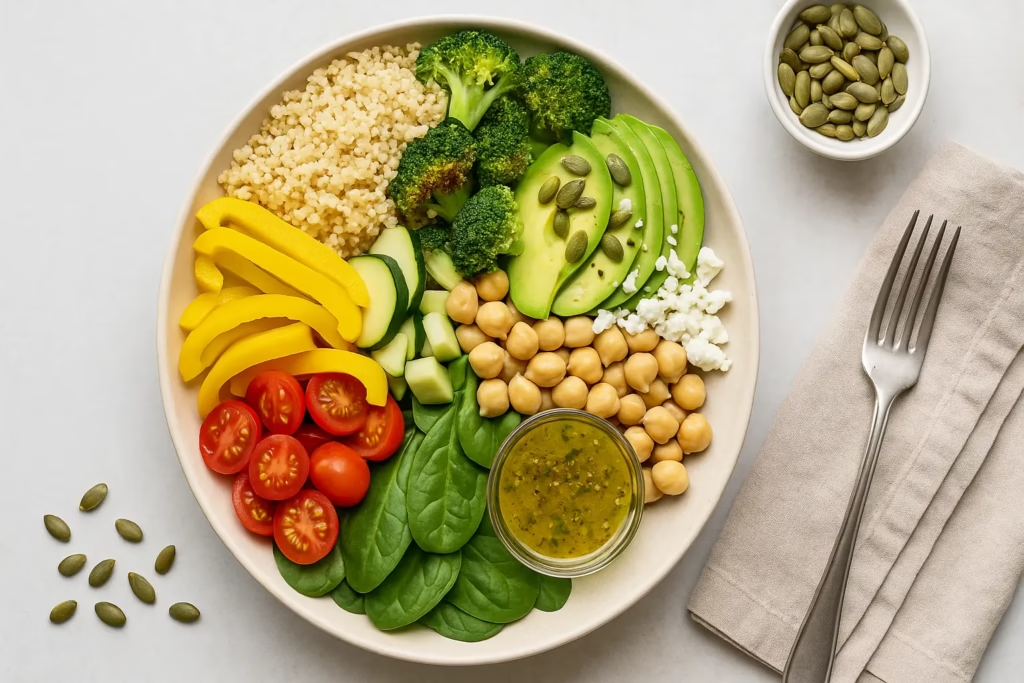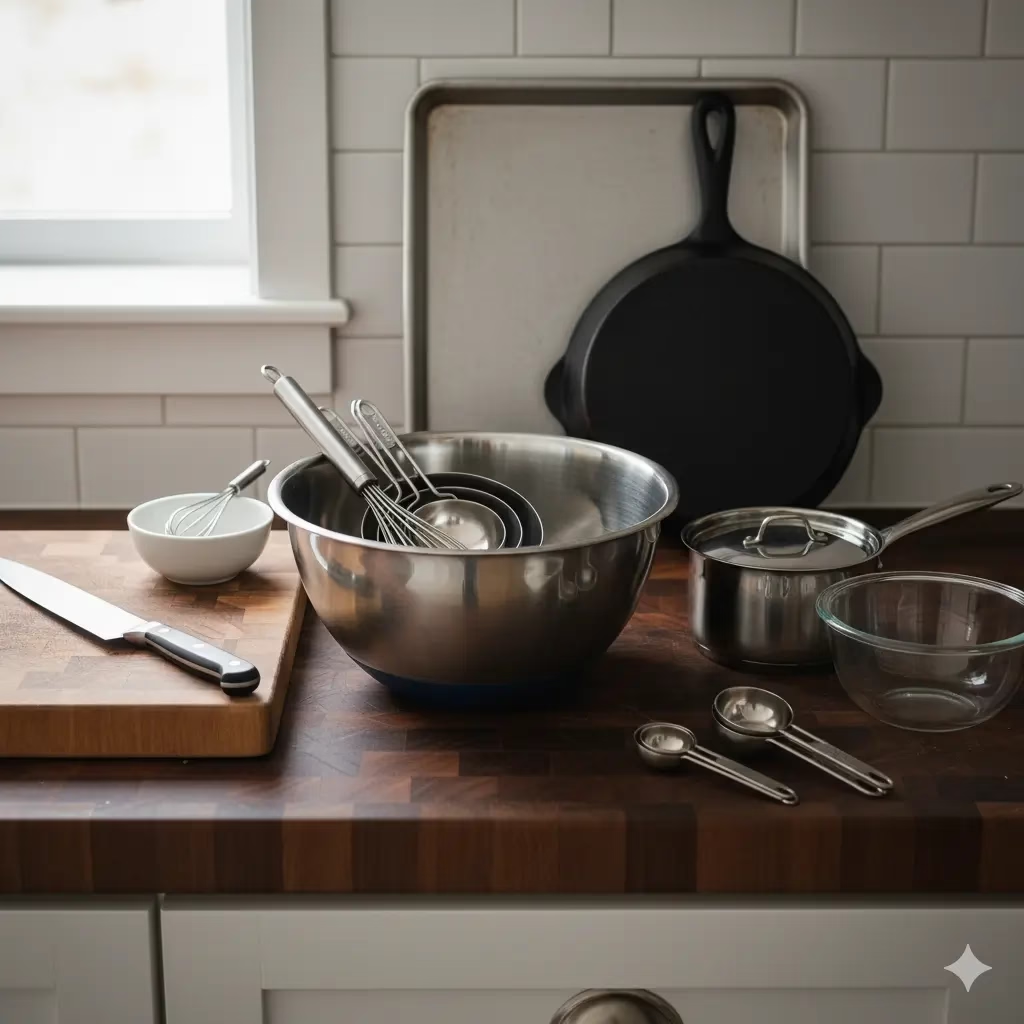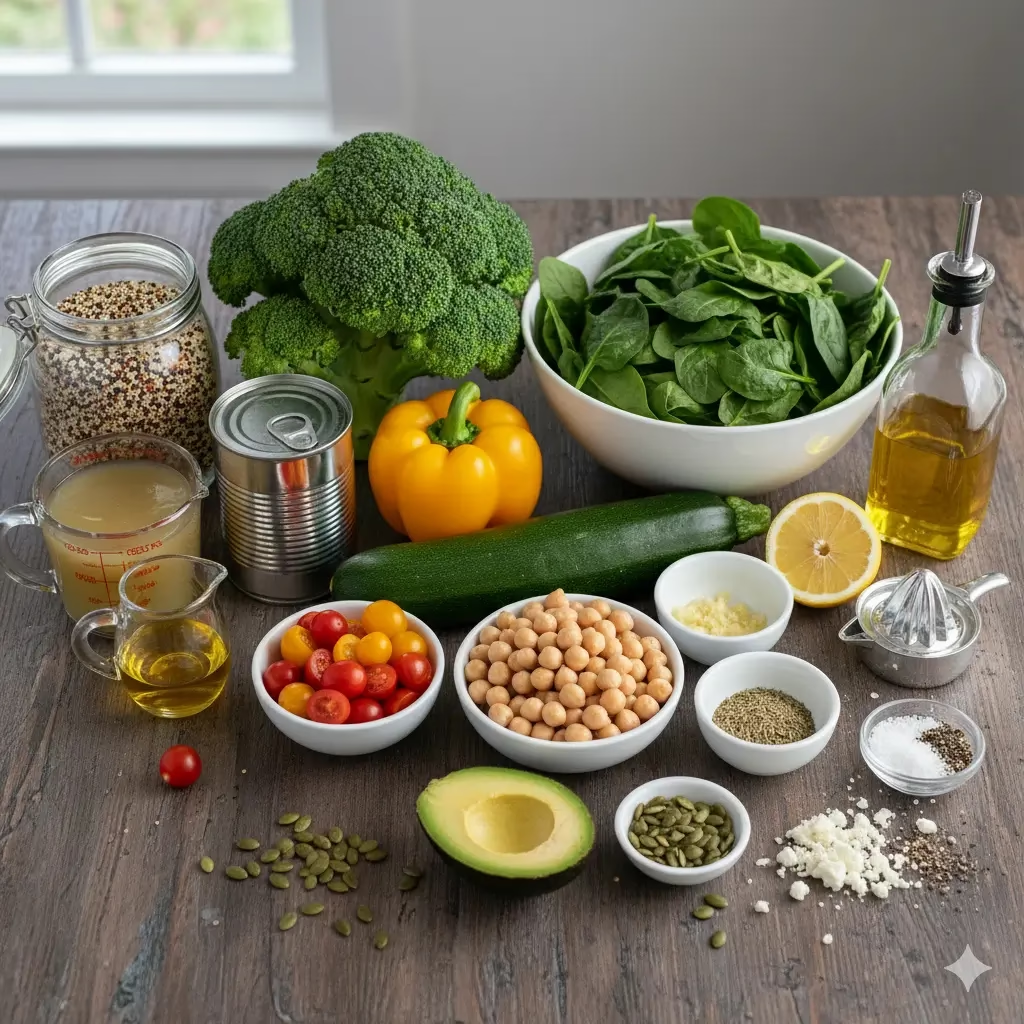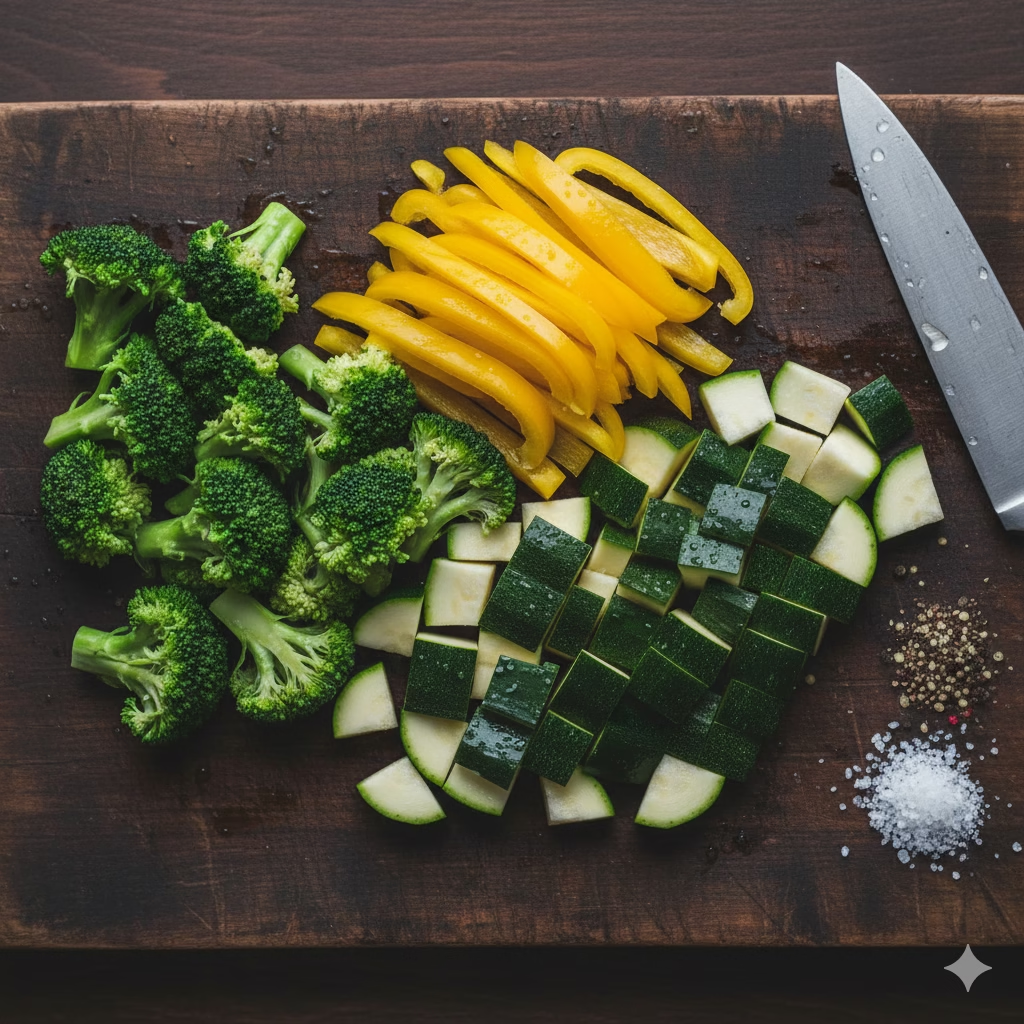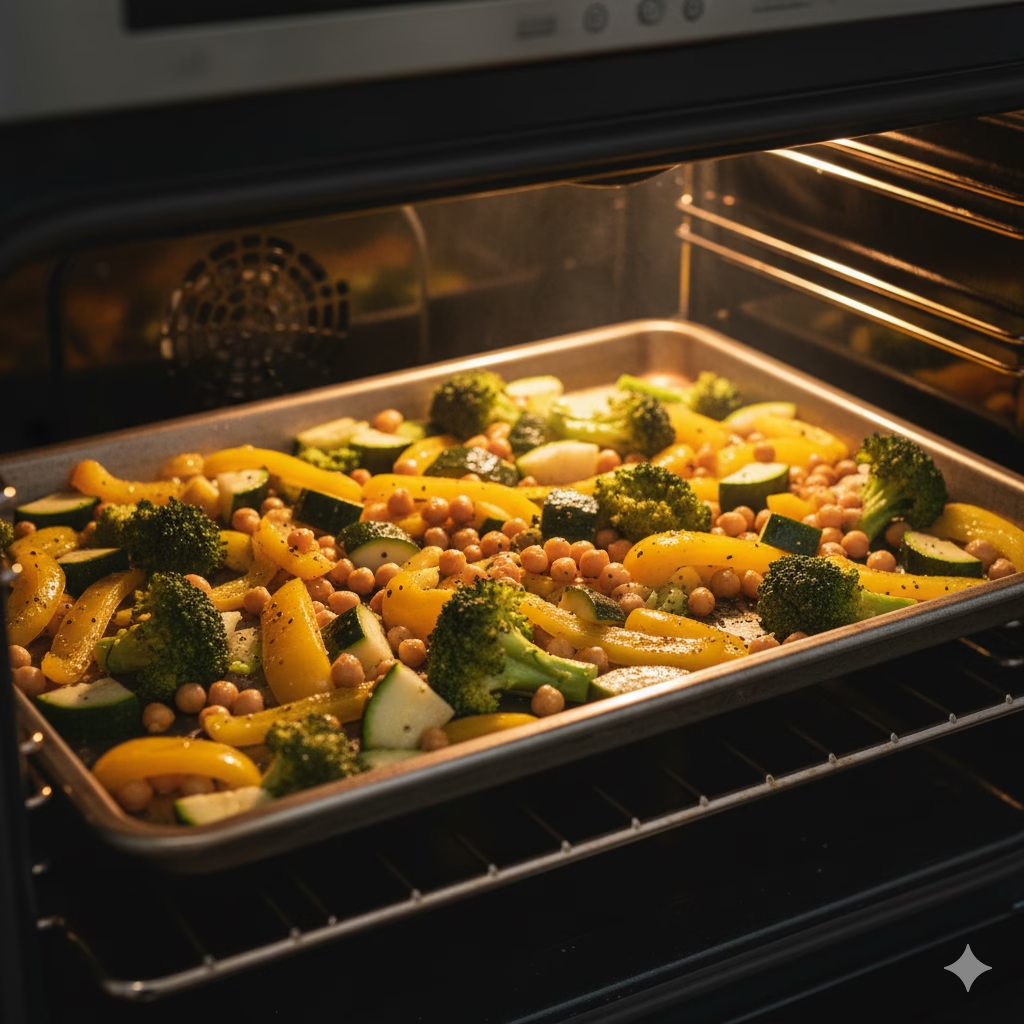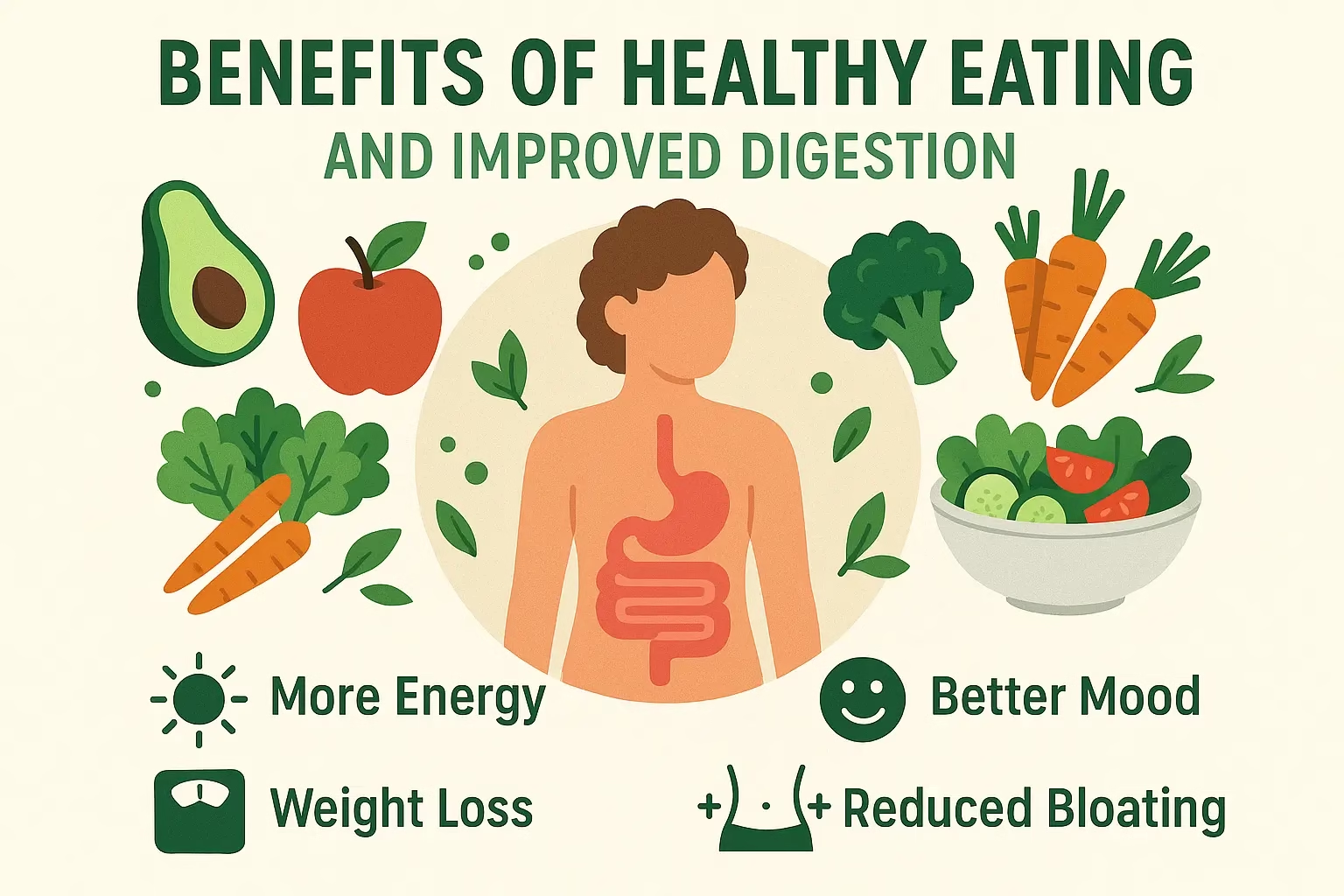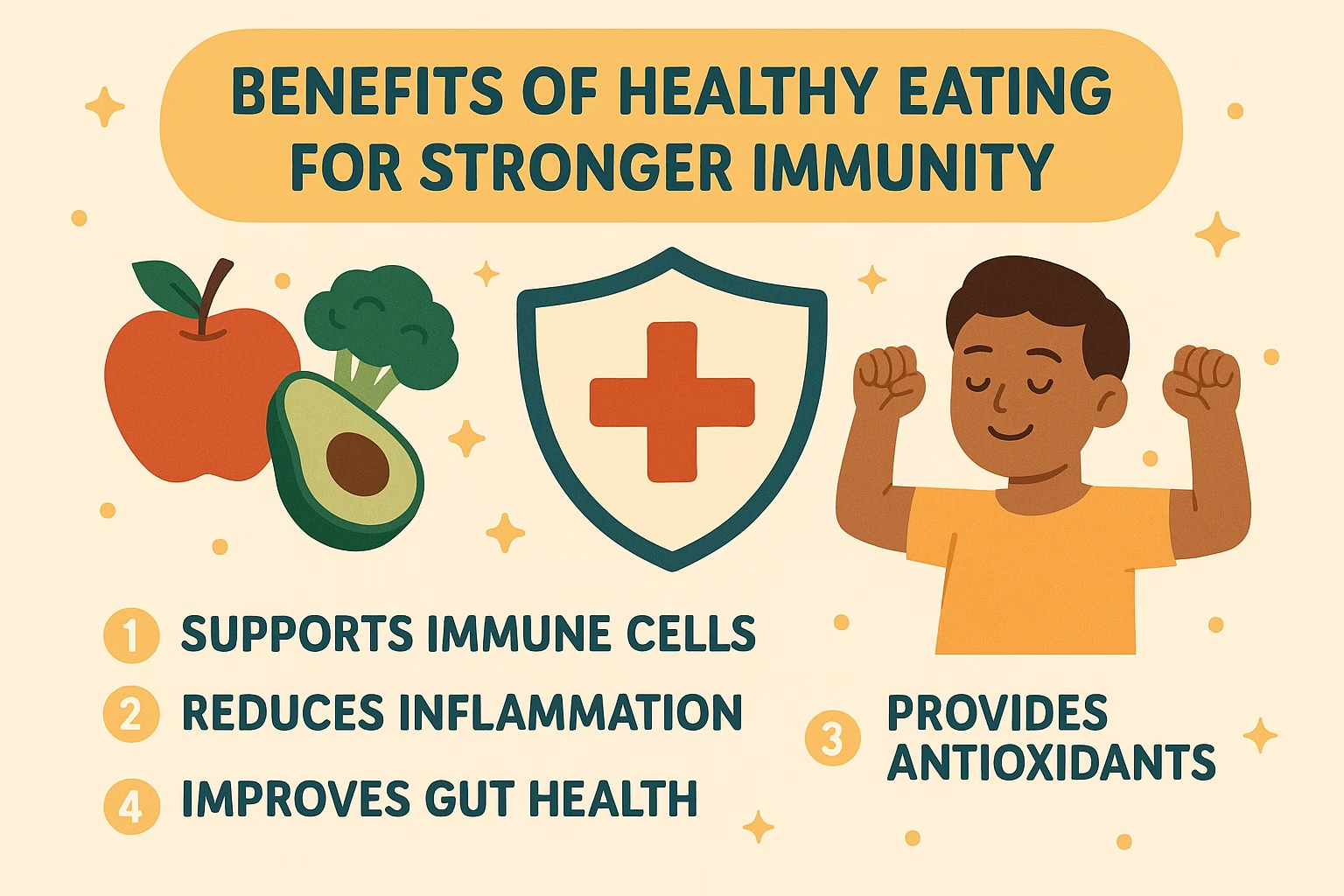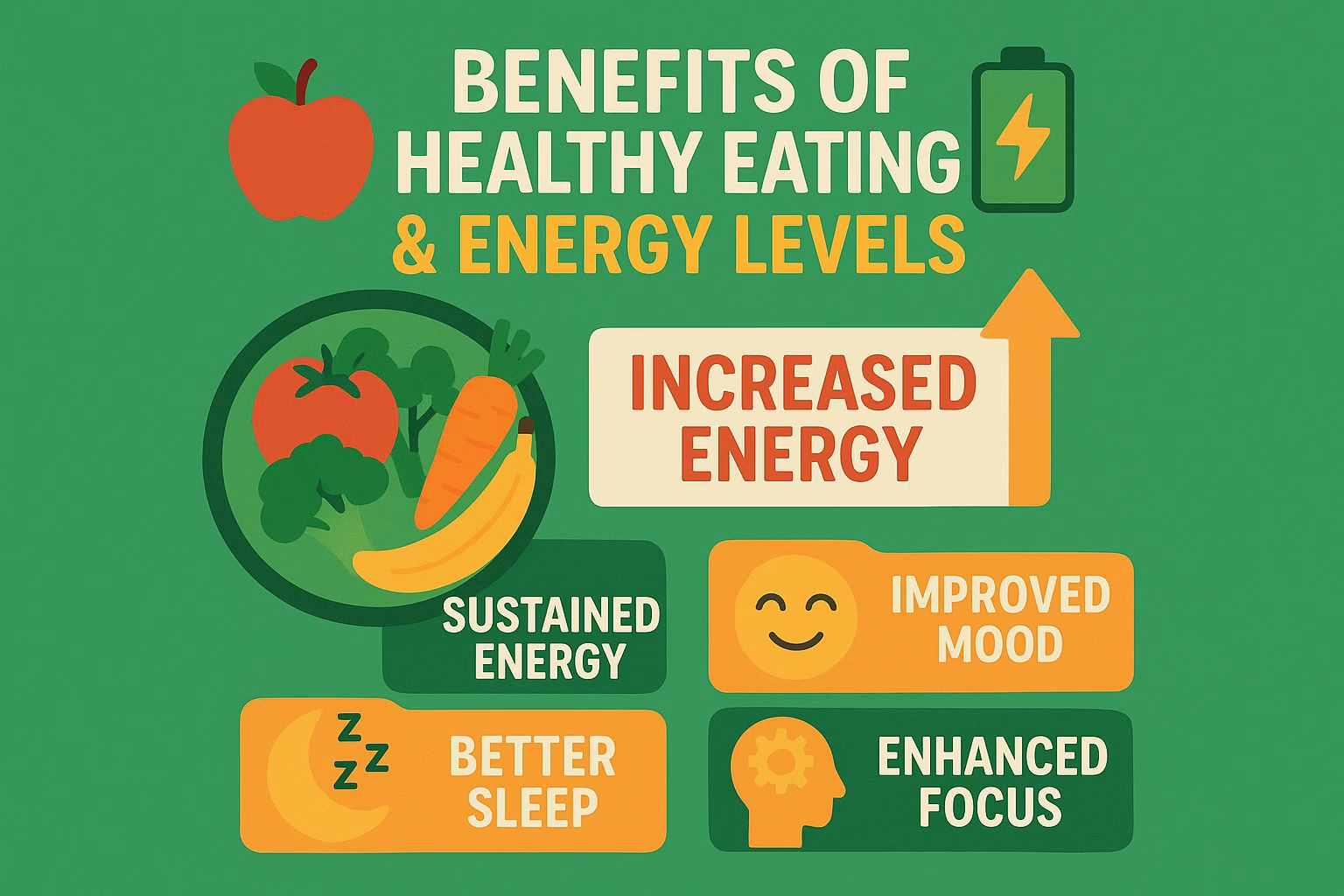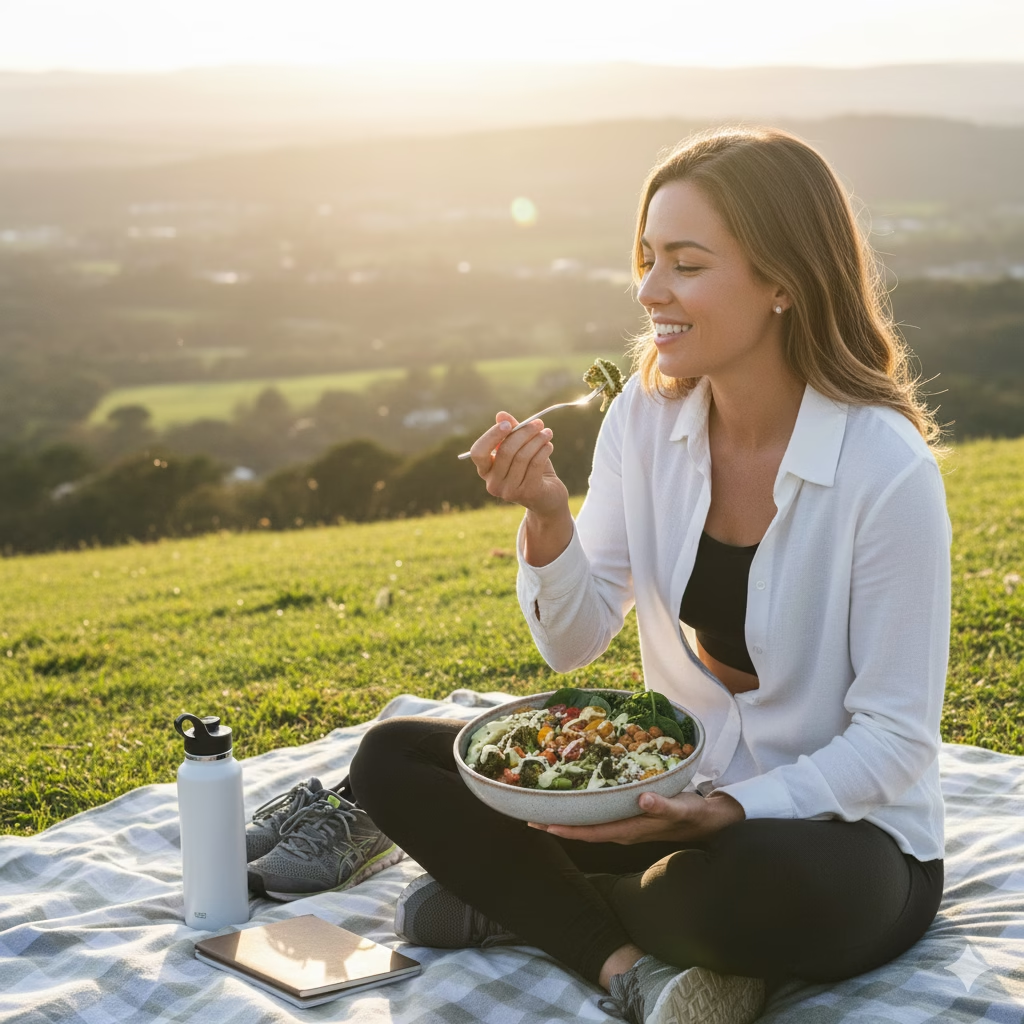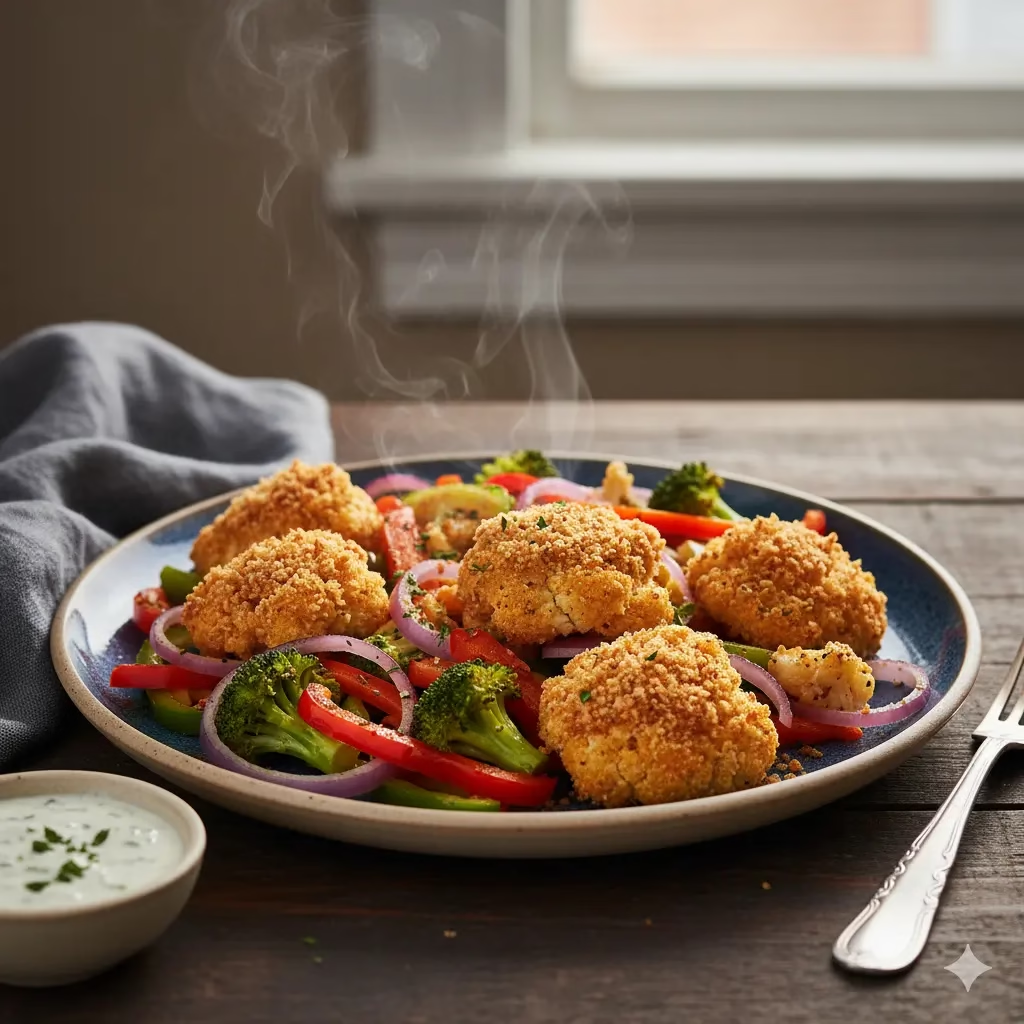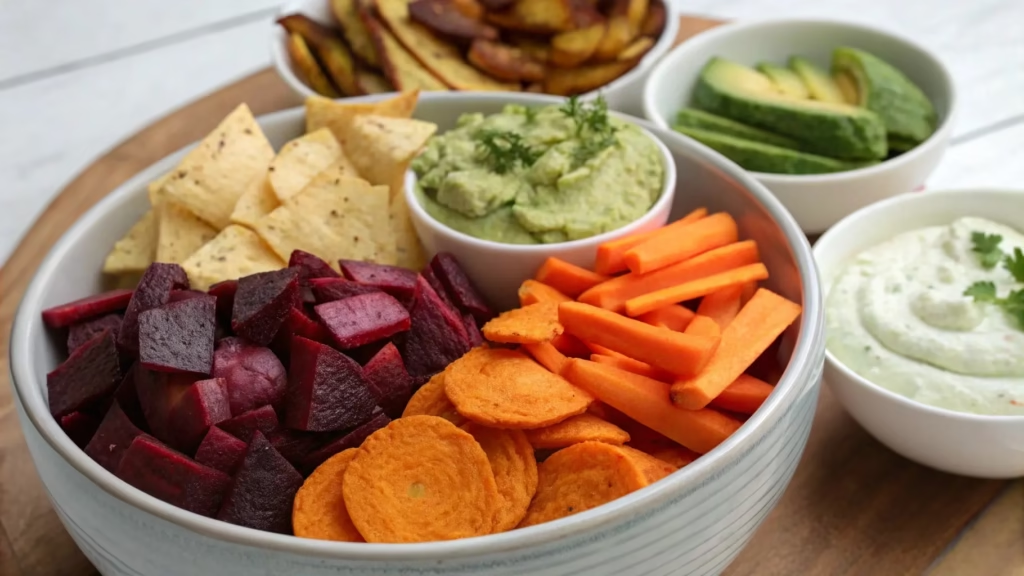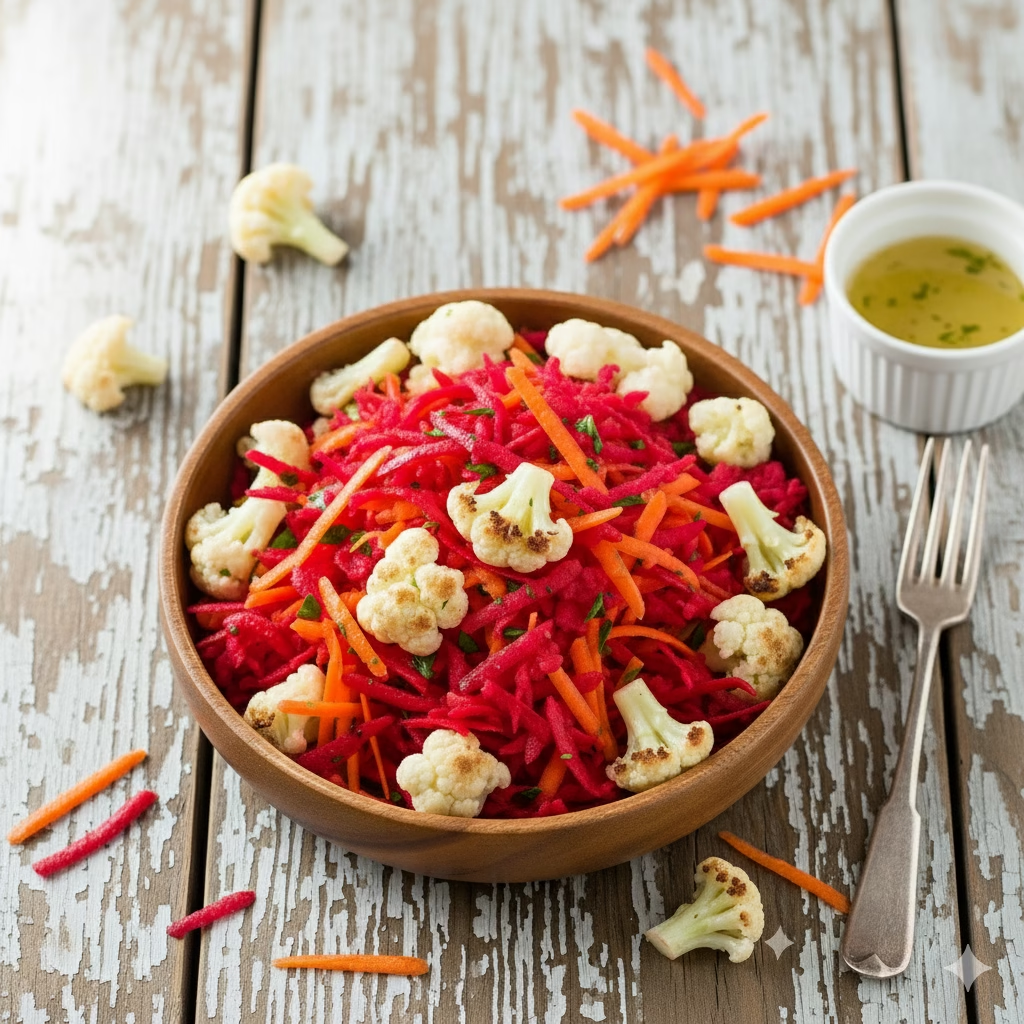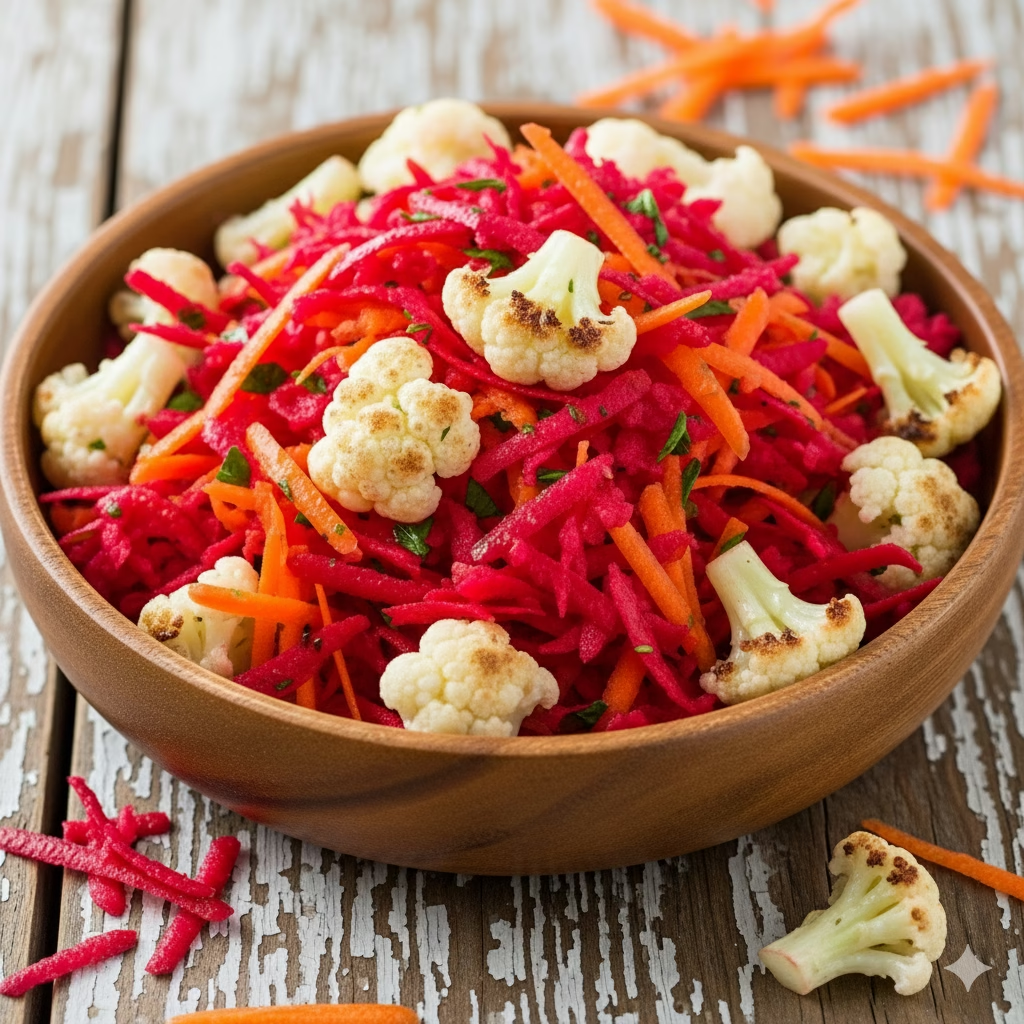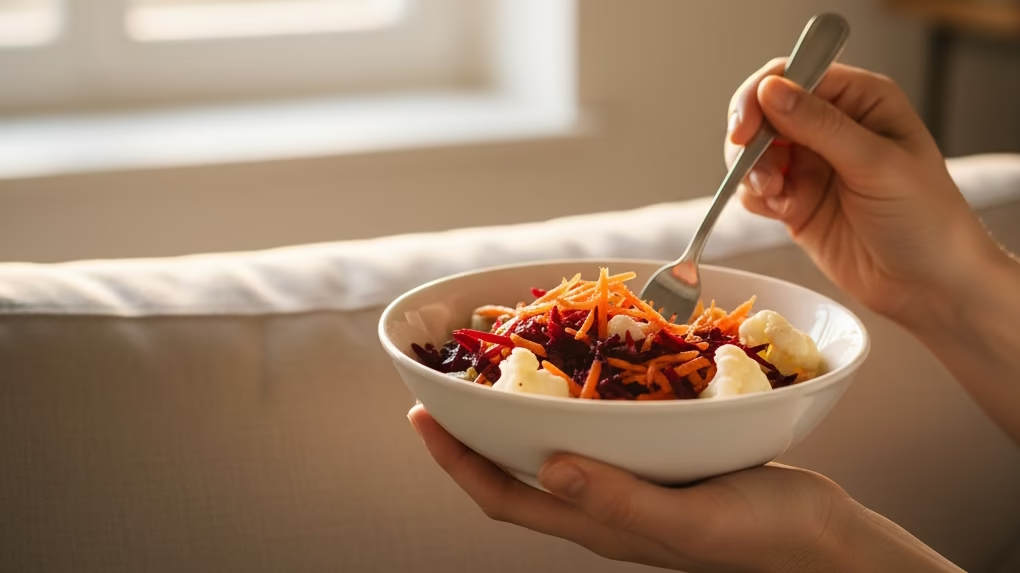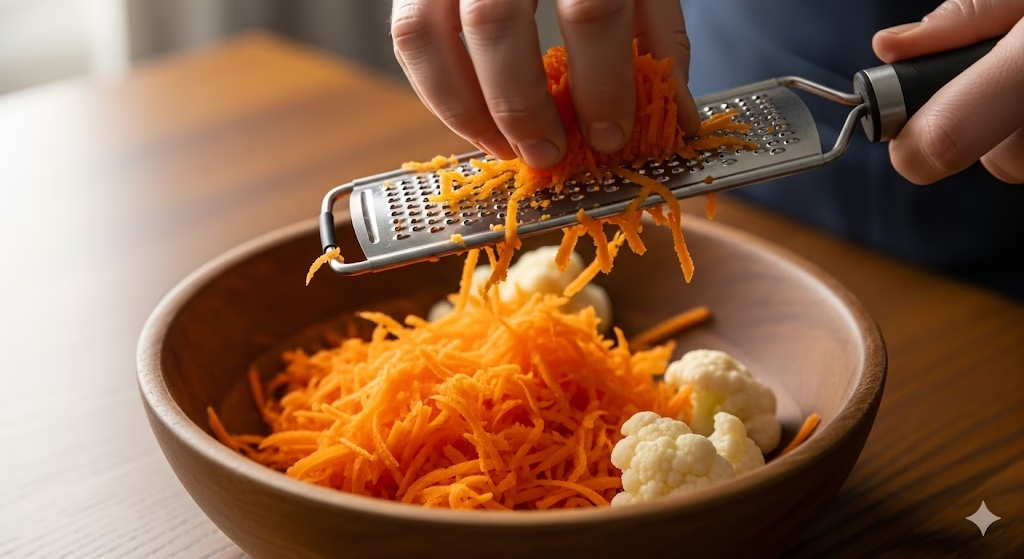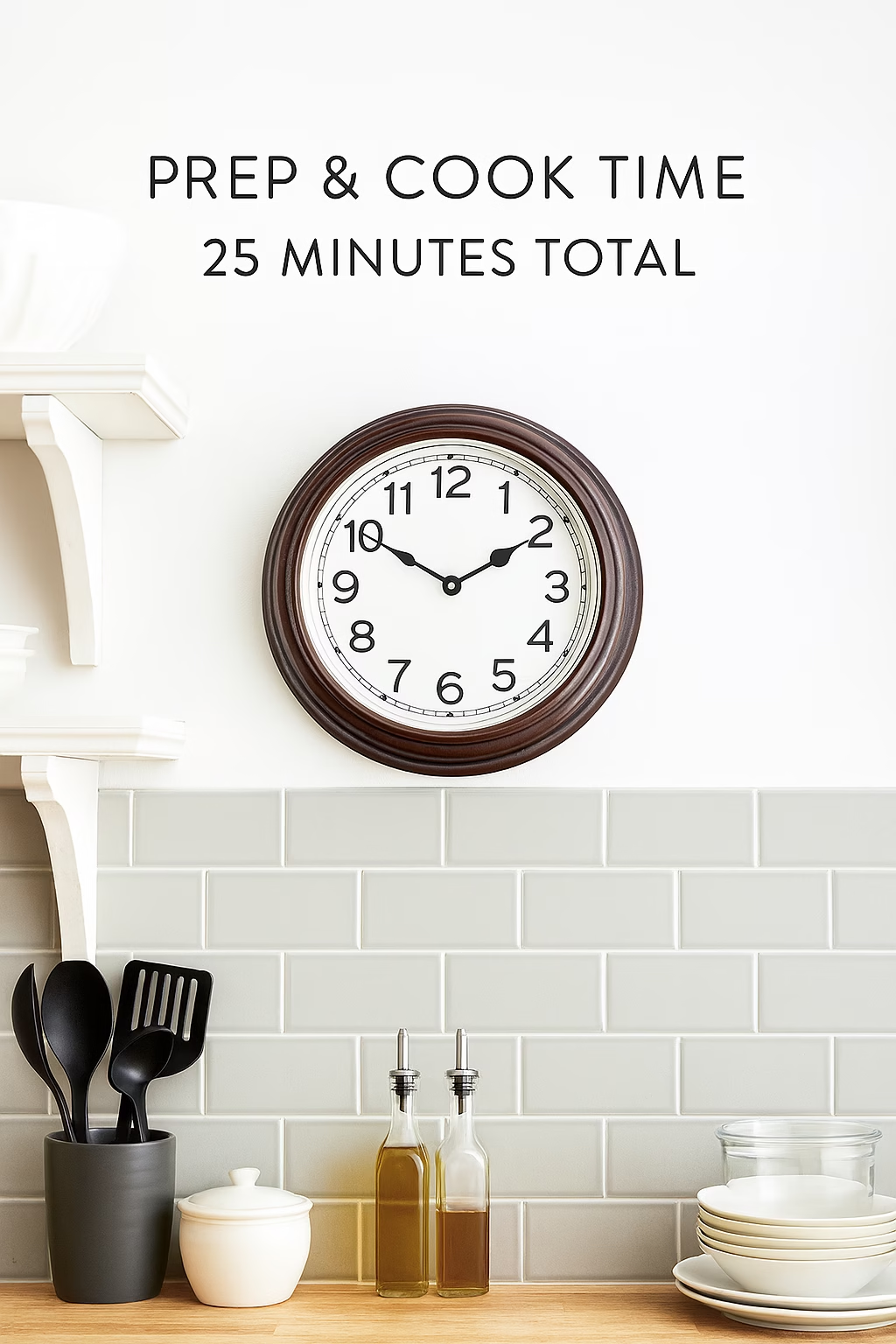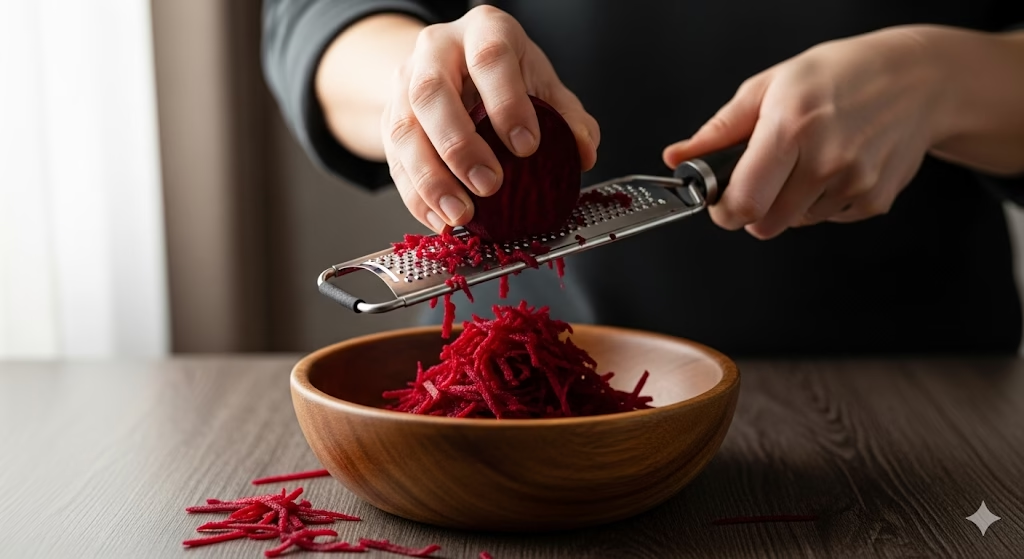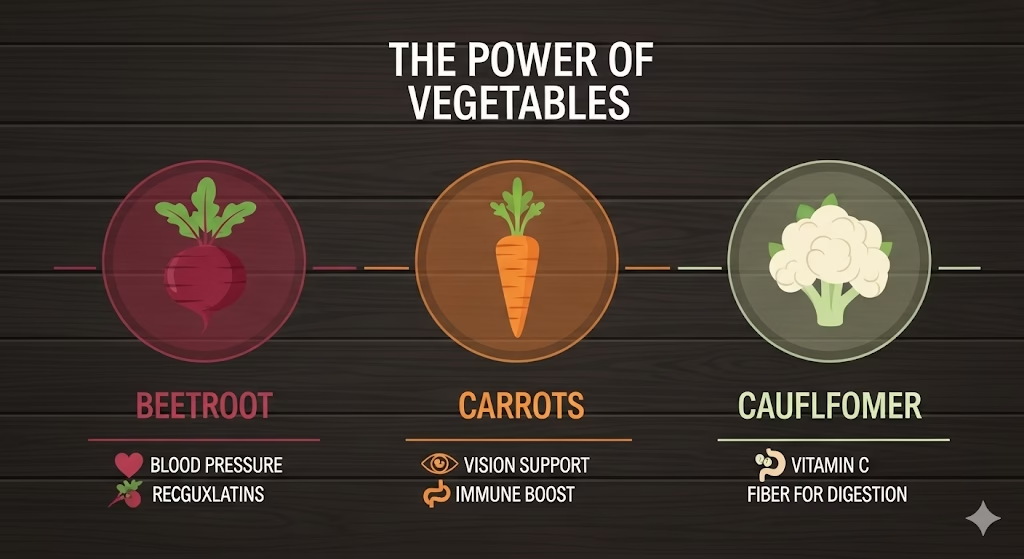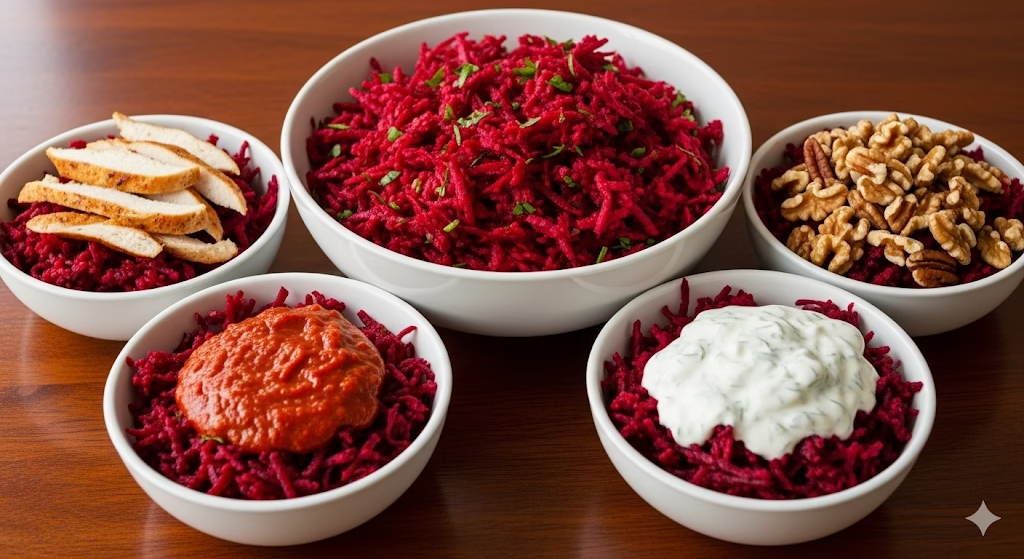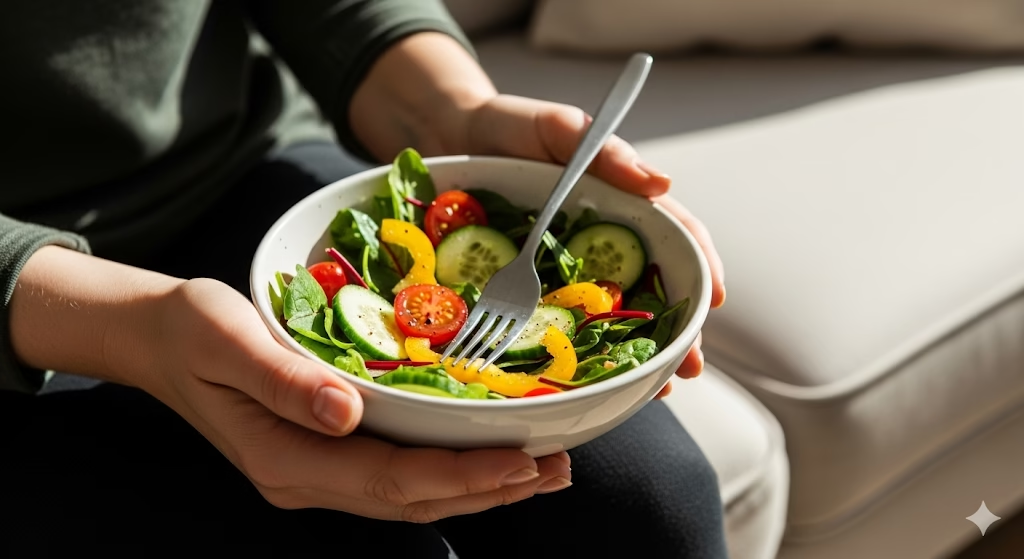What’s the deal with salads? You might think it’s just the boring leafy greens keeping us from enjoying a bowl full of veggies, but there’s a lot more going on. From dressings that don’t quite hit the mark to toppings that can be a total letdown, it’s time to unpack the real reasons behind our salad aversion. Let’s break it down and find out how to make salads not only palatable but fun!
Salads Are Boring And Flavorless

Take a look at that salad. It’s a mix of greens, maybe some cucumbers, and not much else. This is what many people think of when they hear the word ‘salad.’ It’s no wonder salads often get a bad rap. They can seem boring and flavorless, especially when they lack exciting ingredients.
Salads often fall short in the taste department. A plate full of lettuce and a few veggies can feel like a chore to eat. Many people want something that excites their taste buds, not just a pile of greens. When salads are bland, they miss the mark.
So, how can we change this perception? Adding a variety of ingredients can make salads much more appealing. Think about including proteins like grilled chicken or chickpeas, and vibrant veggies like bell peppers or cherry tomatoes. These additions can transform a boring salad into a flavorful meal.
Don’t forget about dressings! A good dressing can elevate a salad from dull to delicious. Try homemade vinaigrettes or creamy dressings to add that extra kick. With the right mix of ingredients and flavors, salads can become something to look forward to, not just a side dish.
Poor Texture (Too Crunchy/Soggy)

When it comes to salads, texture plays a huge role in whether we enjoy them or not. Take a look at the image of this salad. It has a mix of greens, tomatoes, and crunchy croutons. While the croutons add a delightful crunch, the greens can sometimes be too soggy or overly crunchy, leading to a less than pleasant eating experience.
Too much crunch can be overwhelming. If every bite feels like a workout for your jaw, it can take away from the enjoyment of the meal. On the flip side, soggy greens can make a salad feel limp and unappetizing. No one wants to chew through a pile of wet lettuce!
The Dressing Problem

When it comes to salads, the dressing can make or break the experience. A salad might look fresh and inviting, but if the dressing is off, it can ruin the whole vibe. Just look at the image of that salad. It’s vibrant and colorful, but the dressing on top is what really draws the eye. It’s creamy and rich, hinting at a flavor that could either elevate the greens or drown them.
Many people shy away from salads because they associate them with bland dressings. A drizzle of vinegar or a splash of oil often doesn’t cut it. Instead, they crave something more exciting. This is where the dressing problem comes into play. If your dressing is too oily or overly tangy, it can overshadow the fresh ingredients. Nobody wants to eat a salad that feels like a chore.
Salads Don’T Feel Satisfying

Salads often leave us feeling unsatisfied. Just look at the image of a fresh salad, vibrant and colorful, yet it can still feel like something is missing. The crisp lettuce and juicy tomatoes are appealing, but they don’t always hit the spot.
Many people find salads lacking in substance. When you think of a meal, you want something hearty that fills you up. Salads can feel light and airy, which is great for a snack but not always fulfilling for lunch or dinner.
To make salads more satisfying, consider adding protein. Grilled chicken, chickpeas, or even nuts can transform a simple salad into a meal that keeps you full longer. Tossing in some cheese can also add flavor and richness, making it more enjoyable.
Another tip is to include grains like quinoa or farro. These ingredients add texture and heartiness, making the salad feel more complete. A good dressing can also elevate the dish, bringing all the flavors together.
Perceived As “Diet Food” Or Punitive

When we think of salads, many of us picture a bowl of greens, maybe some tomatoes, and a sprinkle of dressing. But let’s be honest: salads often get a bad rap. They’re frequently seen as the boring, guilt-inducing option on a menu. This perception can make them feel more like punishment than a treat.
The image of a vibrant salad, filled with colorful fruits and veggies, often clashes with the emotions tied to dieting. Instead of being a delightful meal, salads can feel like a chore. This is especially true when they are labeled as ‘diet food.’ People often associate them with restrictions and sacrifices, which can lead to a negative attitude toward healthy eating.
To change this mindset, we need to rethink how we view salads. They can be packed with flavor and variety, making them enjoyable rather than punitive. Adding ingredients that excite the palate can transform a simple salad into a culinary delight.
Bitter Greens

When we think of salads, bitter greens often come to mind. These leafy veggies can be a tough sell. They have a strong flavor that can clash with our taste buds. Many people shy away from salads simply because of these greens.
In the image, we see a mix of greens, including arugula and radicchio. These are known for their bitterness. While they add depth to salads, they can also be off-putting for some. The dandelion puff in the center is a reminder of how wild and untamed these greens can be.
So, why do we hate salads? It’s not just the lettuce. It’s the bitterness that can overshadow the freshness we crave. Many people prefer sweeter, milder greens. This preference often leads to a salad that feels more like a chore than a treat.
The Hassle Of Preparation

When it comes to salads, the preparation can feel like a chore. Just look at the image: a kitchen filled with fresh ingredients, but also a lot of mess. Chopping veggies, washing greens, and measuring dressings can be overwhelming. It’s easy to see why many people shy away from making salads at home.
Salads often require several ingredients. You might need lettuce, tomatoes, cucumbers, and more. Each one needs to be prepped, which can take time. If you’re in a hurry, this can be a major turn-off. Who wants to spend their evening chopping away when they could be relaxing?
Salads Contain Overly Complex Ingredients

When it comes to salads, the ingredients can sometimes feel like a wild mix of everything under the sun. Take a look at the image above. It shows a salad overflowing with fruits, vegetables, and sauces that seem to compete for attention. This chaotic blend can be overwhelming, making you wonder if you’re eating a salad or a dessert!
Many people shy away from salads that have too many ingredients. A salad should be refreshing, not a puzzle to solve. When you see a bowl piled high with exotic fruits, drizzled sauces, and a variety of greens, it can feel more like a chore than a meal.
The “Raw” Factor

Salads often get a bad rap, and it’s not just about the lettuce. The image here shows a vibrant array of fresh veggies and fruits, but many people still shy away from salads. Why? The raw factor plays a big role.
When we think of salads, we often picture a bowl of raw greens topped with a few sad tomatoes and maybe a sprinkle of cheese. This can feel boring and uninspired. The truth is, salads can be so much more than that!
Take a look at that colorful platter. It’s packed with crunchy carrots, sweet berries, and crunchy nuts. This variety not only makes it visually appealing but also adds different textures and flavors. The raw ingredients can be exciting if you mix them up.
Some Salads Can Be Surprisingly Unhealthy

When you think of salads, you might picture a healthy meal. However, not all salads are created equal. The image shows a colorful bowl filled with various ingredients, but many of them can be misleading. Sure, there’s lettuce, but look closer. There are also creamy dressings, sugary toppings, and even processed snacks. These additions can turn a supposedly healthy dish into a calorie bomb.
Many people add things like cheese, croutons, or heavy dressings without realizing how quickly the calories add up. For example, that drizzle of ranch or blue cheese dressing can pack a hefty calorie punch. If you’re trying to eat healthy, it’s essential to keep an eye on these extras.
Frequently Asked Questions (FAQ)
Q: Is it really just the lettuce that makes people dislike salads?
A: No, the article argues it’s much more than just the lettuce. Common aversions stem from salads being too boring or flavorless, having poor texture (soggy or too crunchy), issues with heavy or bland dressings, a lack of satisfying substance (protein/carbs), and the perception of salads as restrictive “diet food.”
Q: How can I make my salad more flavorful and less boring?
A: Focus on variety! Add proteins (grilled chicken, chickpeas, hard-boiled eggs), vibrant vegetables (bell peppers, cherry tomatoes), grains (quinoa, farro), and nuts or seeds. Crucially, use a delicious, homemade dressing to tie the flavors together.
Q: What is the “dressing problem” and how can I fix it?
A: The “dressing problem” is when dressings are either too bland (just oil and vinegar) or too heavy, oily, or overly sweet, which can drown out the fresh ingredients. The fix is to use dressings that are flavorful but balanced, such as homemade vinaigrettes, or a creamy dressing used in moderation.
Q: How can I make a salad feel more satisfying and filling as a meal?
A: To combat the feeling of a salad being “too light,” you must add substance. This includes incorporating lean proteins (chicken, beans, tofu), healthy fats (avocado, nuts, seeds), and whole grains (quinoa, barley) to provide sustained energy and satiety.
Q: How do I avoid the bitter taste often found in some greens?
A: If you dislike bitter greens like arugula or radicchio, simply use milder varieties such as butter lettuce, romaine, or spinach. Alternatively, you can balance the bitterness by adding sweet elements to your salad, like fruits (berries, apples) or a sweet-and-tangy dressing.
Q: Can salads be unhealthy?
A: Yes, surprisingly. While the greens and raw vegetables are healthy, salads can become unhealthy “calorie bombs” when loaded with high-fat, high-sugar additions. Be mindful of excessive use of creamy, sugary dressings, large amounts of cheese, candied nuts, and fried croutons.
References
- ClevelandClinic – 5 Health Benefits of Lettuce
- WebMD – Health Benefits of Salad Greens
Recent Posts

